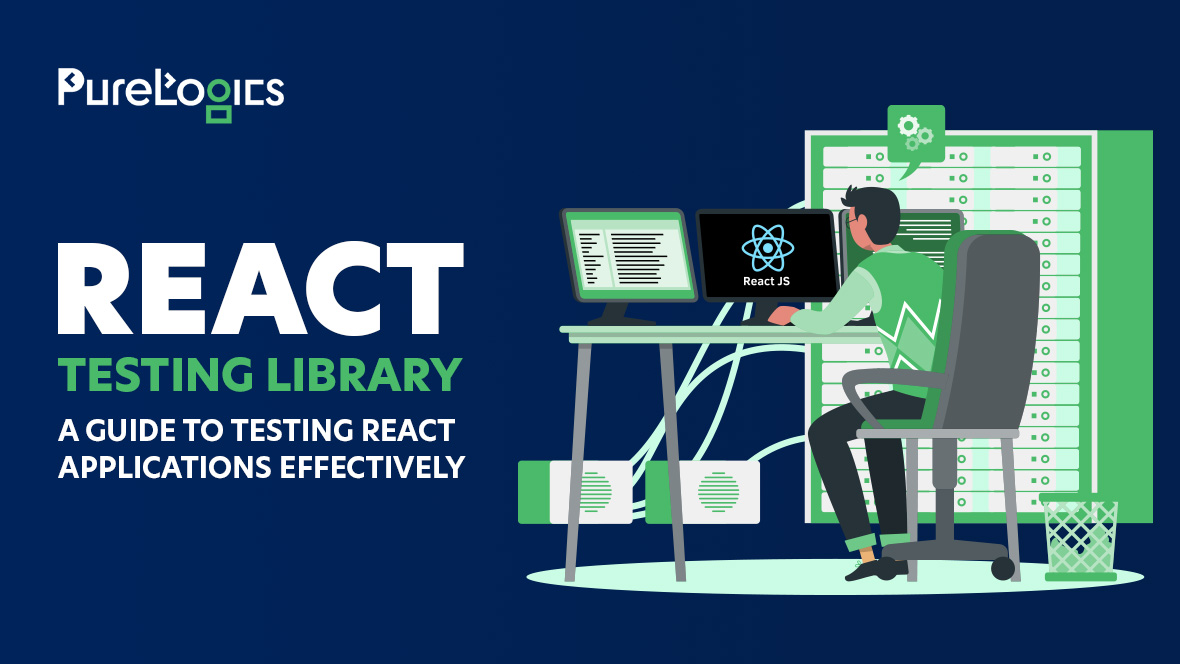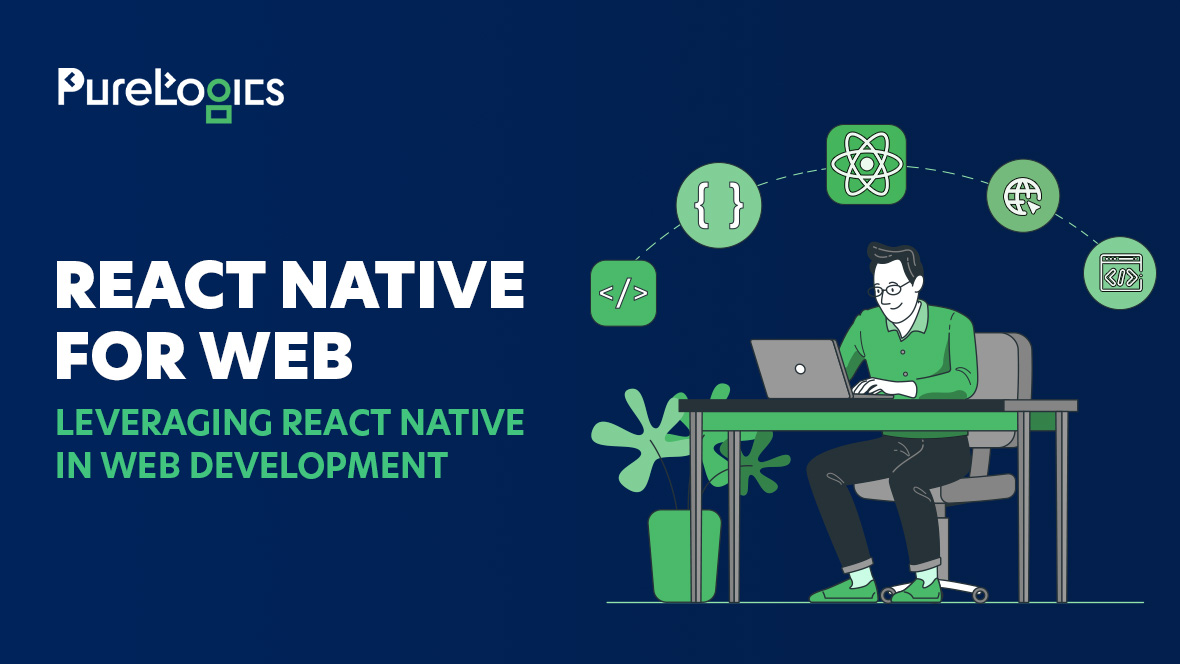Tired of writing tests that break with every small code change? React Testing Library is here to make testing simpler and more reliable! Unlike traditional testing tools, it focuses on how users interact with your application rather than testing internal implementation details. This means fewer headaches and more stable tests.
Whether you’re a beginner or an experienced developer, React Testing Library’s intuitive API and minimal setup make testing a breeze. It promotes best practices by encouraging tests that resemble real user interactions. So, why struggle with complicated test setups? Switch to React Testing Library and start writing better, more maintainable tests today!
In this blog post, we’ll explore how React Testing Library makes testing React applications easier and more efficient. You’ll learn its core principles, key features, and best practices to write reliable and user-focused tests.
What is React Testing Library?
React Testing Library (RTL) is a tool that helps you test your React applications the way real users interact with them. Instead of focusing on how the code works internally, it tests what users actually see and do—like clicking buttons, typing in fields, or viewing text. It’s simple to set up, encourages better testing practices, and makes sure your app works as expected.
Why Choose React Testing Library?
| Feature | React Testing Library | Traditional Testing Libraries (e.g., Enzyme) |
| Focus | User interactions | Component internals |
| Test Stability | High (tests don’t break easily) | Low (fragile to small changes) |
| Ease of Learning | Beginner-friendly | Requires deep knowledge of component structure |
| Configuration | Minimal setup | Often requires extensive setup |
Core Principles of React Testing Library
React Testing Library is built on a few core principles that differentiate it from traditional testing libraries:
1. Tests should resemble user interactions – Instead of testing implementation details, RTL encourages tests that mimic real user behavior, such as clicking buttons, entering text, and selecting elements.
2. Finding elements like a user would – It promotes querying DOM elements the way users do, using accessible roles (getByRole), labels (getByLabelText), and placeholder text (getByPlaceholderText).
3. Minimal setup, maximum reliability – Unlike other libraries, RTL requires minimal configuration while ensuring stable, reliable tests.
4. No shallow rendering – Unlike Enzyme, which allows shallow rendering, RTL renders components deeply to capture actual behavior.
Setting Up React Testing Library
Before writing tests, you need to install the necessary dependencies:
npm install –save-dev @testing-library/react @testing-library/jest-dom
Basic Configuration
Create a setupTests.js file in your src directory to extend Jest with additional matchers:
import ‘@testing-library/jest-dom’;
Now you’re ready to start writing tests!
Writing Your First Test with React Testing Library
Let’s create a simple Button component and write a test for it.
Button Component (Button.js)
import React from ‘react’;
const Button = ({ onClick, children }) => {
return <button onClick={onClick}>{children}</button>;
};
export default Button;
Test for Button Component (Button.test.js)
import { render, screen, fireEvent } from ‘@testing-library/react’;
import Button from ‘./Button’;
it(‘calls onClick when button is clicked’, () => {
const handleClick = jest.fn();
render(<Button onClick={handleClick}>Click Me</Button>);
const button = screen.getByText(‘Click Me’);
fireEvent.click(button);
expect(handleClick).toHaveBeenCalledTimes(1);
});
How React Testing Library Makes Testing Easier and More Efficient
React Testing Library simplifies the testing process by focusing on user interactions rather than implementation details. Here’s how it makes testing easier and more efficient:
Encourages Testing User Behavior, Not Implementation Details
Unlike traditional libraries that require testing component state or props, RTL ensures that your tests mimic real-world usage. This leads to fewer test failures due to refactoring.
Provides Built-in Queries for Better Element Selection
Instead of relying on id or className, RTL provides intuitive selectors such as:
screen.getByRole(‘button’, { name: /submit/i });
screen.getByLabelText(‘Username’);
screen.getByPlaceholderText(‘Enter email’);
These make tests more maintainable and accessible.
Supports Asynchronous Testing Effortlessly
Testing asynchronous code, such as API requests, is simple with RTL’s findBy queries and waitFor utility.
await screen.findByText(‘Loaded data’);
await waitFor(() => expect(screen.getByText(‘Success’)).toBeInTheDocument());
Works Seamlessly with Jest and Other Testing Tools
RTL integrates well with Jest, providing matchers from jest-dom for cleaner assertions:
expect(screen.getByText(‘Hello’)).toBeInTheDocument();
expect(screen.getByRole(‘button’)).toBeEnabled();
These improvements make testing faster, more efficient, and user-focused.
Best Practices for Testing with React Testing Library
Writing effective tests requires following best practices to ensure maintainability and reliability. Here are some key best practices with real-world examples:
1. Use Queries That Mimic User Interactions
Good Practice:
const button = screen.getByRole(‘button’, { name: /submit/i });
Bad Practice:
const button = screen.getByTestId(‘submit-button’);
2. Avoid Testing Implementation Details
Good Practice:
expect(screen.getByText(‘Welcome, John’)).toBeInTheDocument();
Bad Practice:
expect(component.state.name).toBe(‘John’);
3. Use userEvent Over fireEvent for Better Simulations
Good Practice:
import userEvent from ‘@testing-library/user-event’;
const input = screen.getByLabelText(‘Username’);
await userEvent.type(input, ‘JohnDoe’);
Final Remarks
React Testing Library makes testing so much easier by focusing on how users interact with your app instead of getting lost in implementation details. With simple setup, powerful queries, and rock-solid tests, it’s a game-changer compared to older tools like Enzyme. Follow best practices, use RTL’s features smartly, and you’ll have reliable and maintainable tests in no time!
Need help setting up or improving your React testing workflow? That’s what we do! Our team specializes in making React apps more reliable with solid testing strategies. Let’s chat and make your testing smoother!
Schedule a free consultation with our experts!


 [tta_listen_btn]
[tta_listen_btn]
 April 18 2025
April 18 2025






